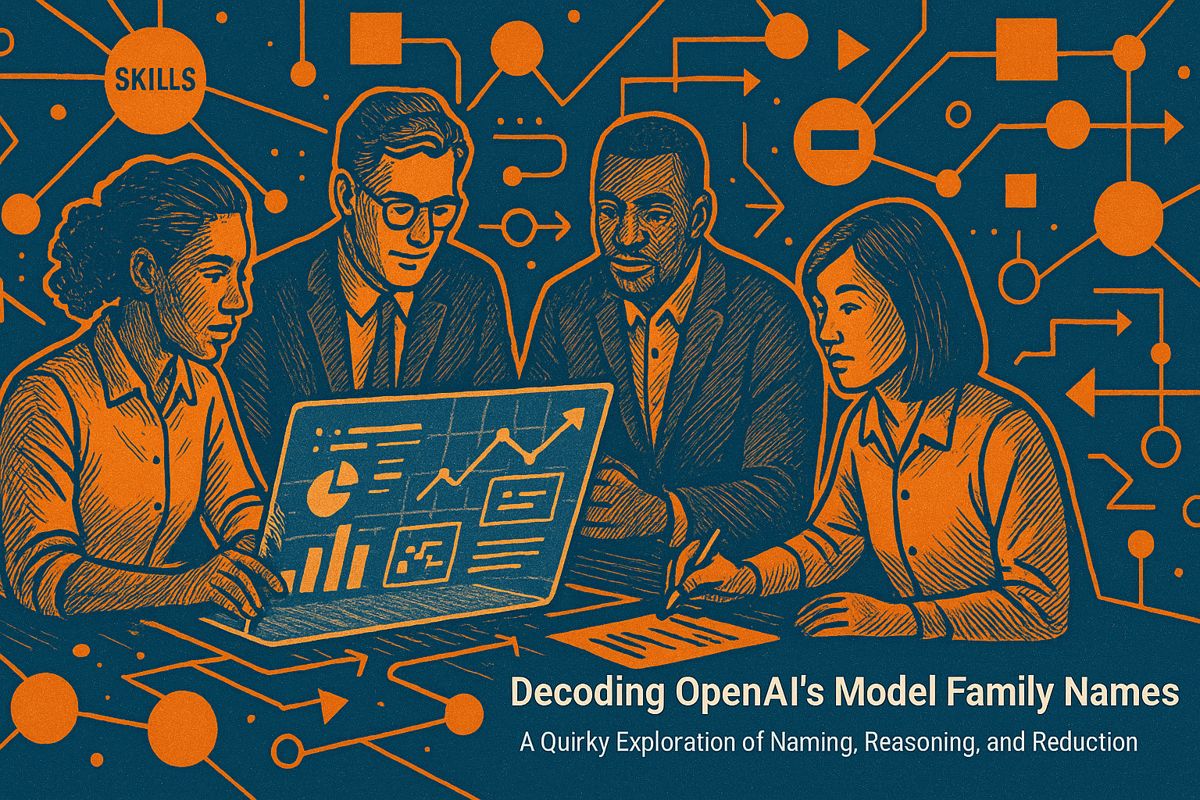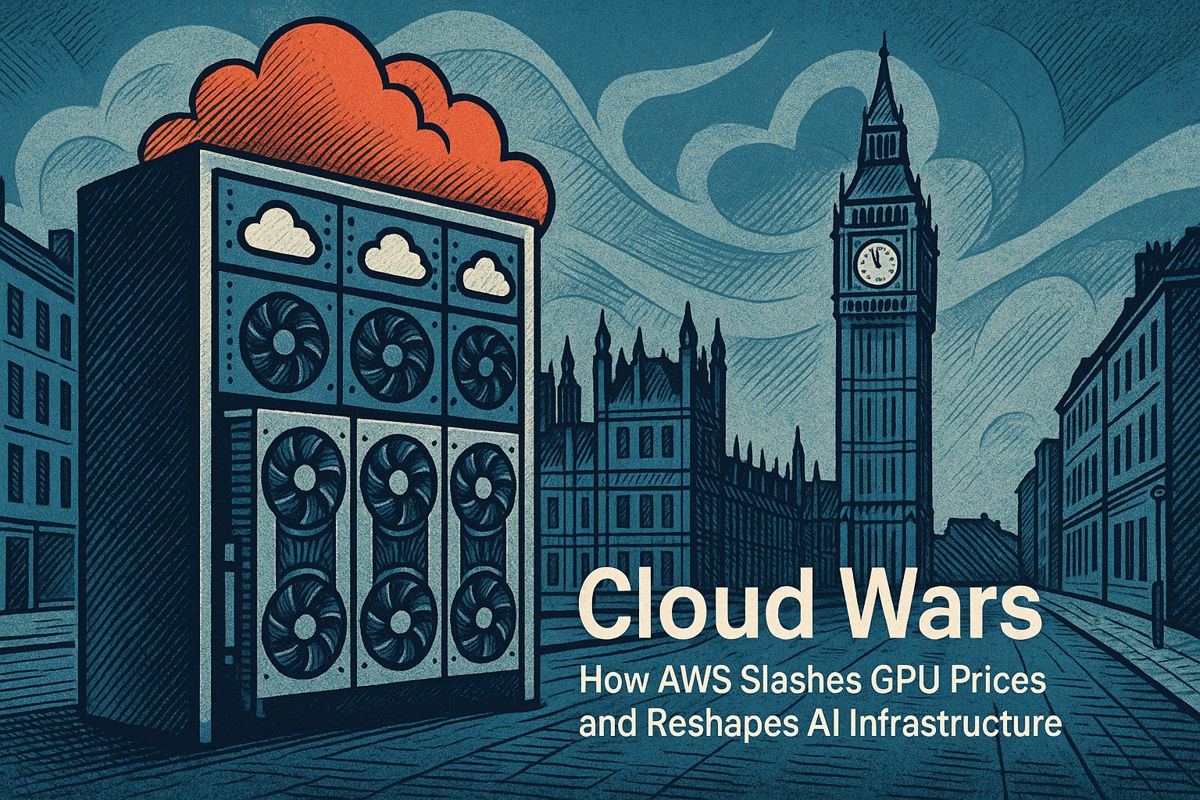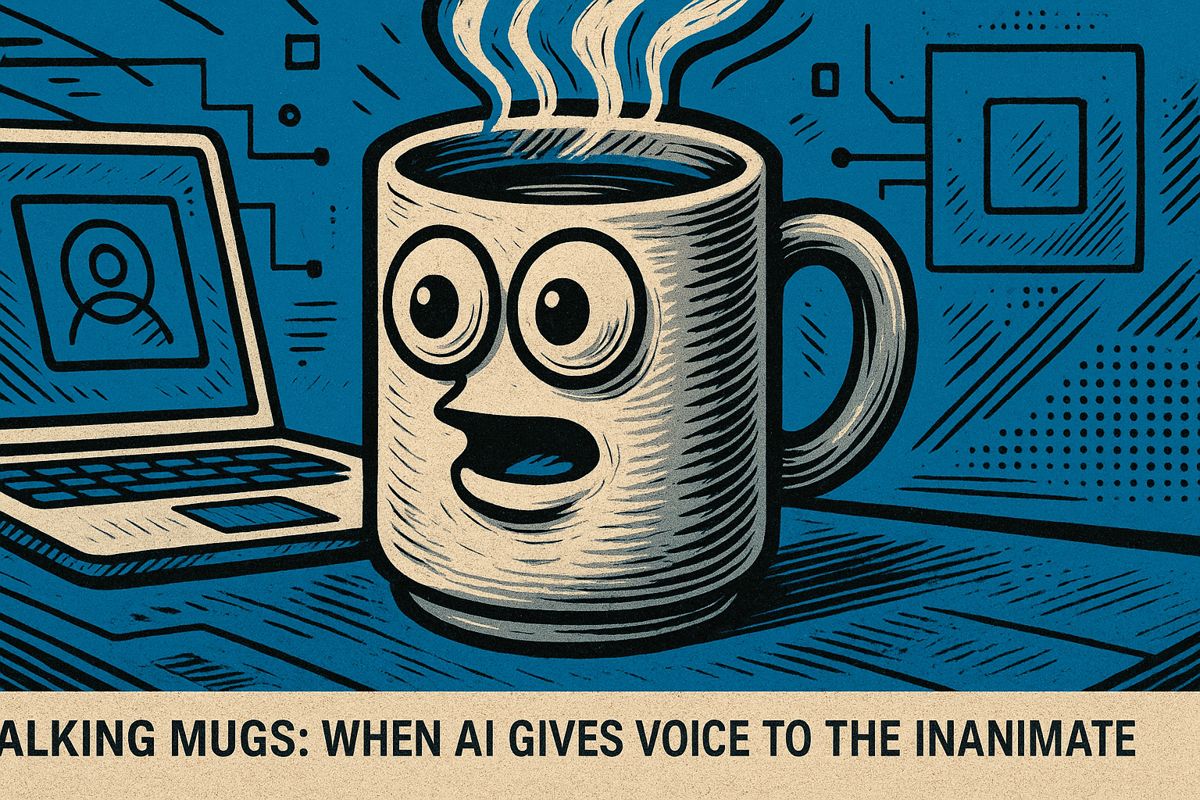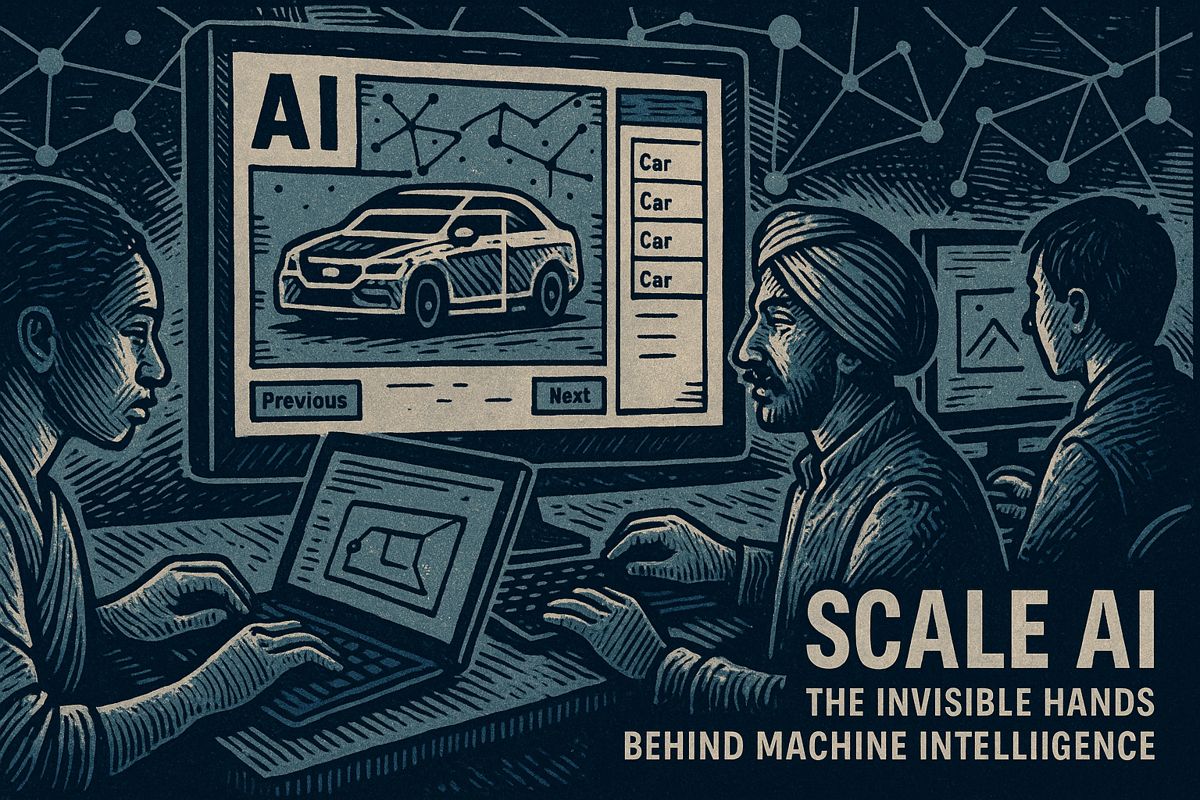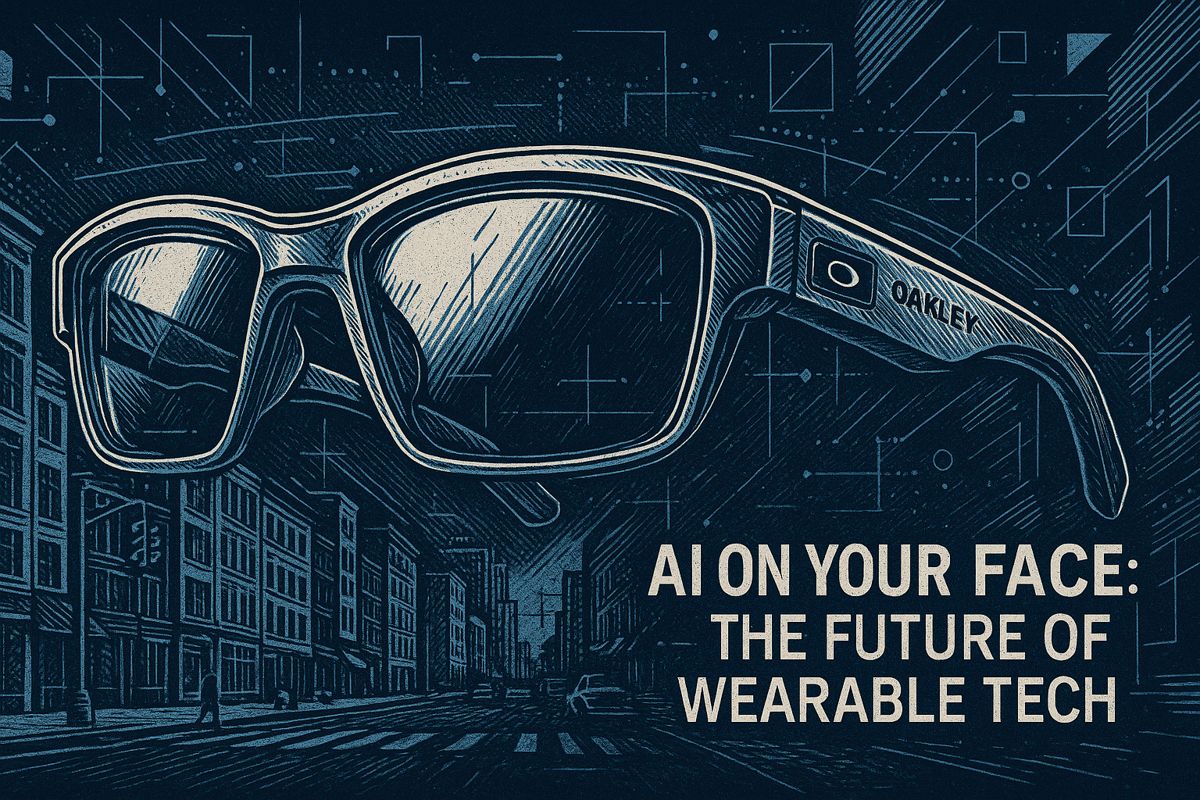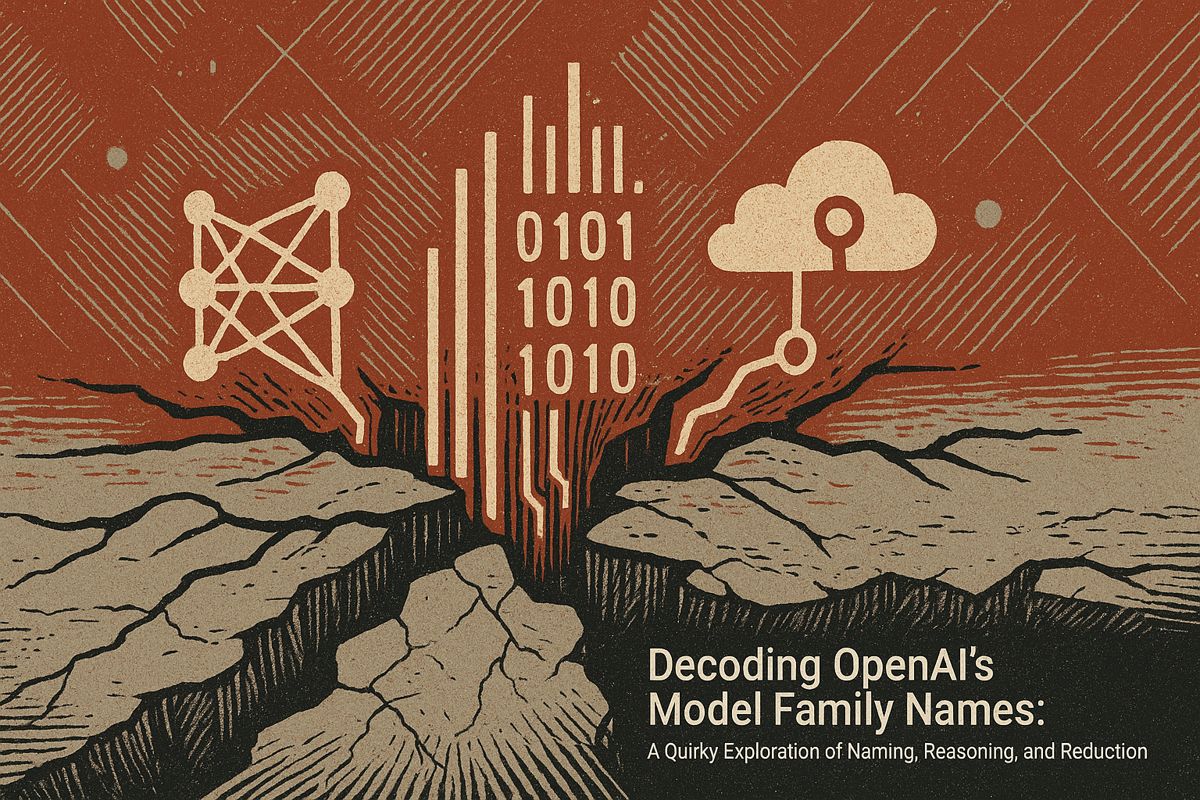Here’s the text with the most important phrase in bold markdown:
Companies must transform their talent strategy by investing in continuous learning, creating internal talent marketplaces, and adopting a skills-first approach. By prioritizing personalized development, transparent mobility, and a culture of adaptation, organizations can future-proof their workforce against rapid technological changes and skill gaps. MIT’s research highlights the importance of treating employees as dynamic individuals, not static resources, and emphasizes that learning platforms, supportive management, and diverse teams are critical to maintaining organizational momentum and innovation. The key is to build a flexible, supportive environment that enables employees to grow, learn, and contribute meaningfully. Ultimately, companies that invest in their people’s potential will be better equipped to navigate the complex challenges of the future.
How Can Companies Future-Proof Their Talent Strategy?
To future-proof talent, companies must invest in continuous upskilling, create internal talent marketplaces, adopt a skills-first approach, and prioritize employee development through personalized learning platforms, transparent mobility, and a culture of continuous learning and adaptation.
Memories, Meetings, and the Talent Puzzle
Sometimes, a single sentence in a journal can transport you. Paging through the spring edition of MIT Sloan Management Review, I found myself back in that cramped, fluorescent-lit room at my first startup, haunted by the smell of burnt coffee and the echo of HR’s favorite lament: “Nobody seems to want to learn Python these days.” That refrain was our background music, week after week – skill gaps, fear of losing star engineers, the gnawing anxiety that the next Stripe or Atlassian would poach our brightest minds. Looking at MIT’s latest research, I realize that those anxieties haven’t faded. If anything, they’ve metastasized, fueled by automation, demographic shifts, and an insatiable appetite for technical prowess.
Grace comes to mind – a real person, though I’ll shield her with a pseudonym. She was the kind of data scientist who solved problems before anyone else knew they existed. We promised her the moon: cross-team projects, new skills, a shot at shaping strategy. Yet, the company’s culture was stuck in molasses. HR preached collaboration while managers built little fiefdoms, and “learning” meant watching a dusty webinar over a tepid sandwich. Grace lasted eighteen months. When she left, it was a gut punch; the cost wasn’t just headcount, but momentum. I still wonder: could we have done more?
It’s a strangely visceral emotion—regret, tinged with embarrassment at my own naivete. But that’s exactly the leaky, patchwork pipeline MIT’s research is angling to repair. Are we really ready for what’s coming?
The Science of Stronger Pipelines: What MIT Found
MIT didn’t just rehash tired HR bromides. Their research, as chronicled in MIT Sloan Management Review and echoed by the Society for Human Resource Management, drills directly into the marrow of modern talent strategy. It’s not about perfunctory recruitment drives; it’s about reinforcing the entire talent pipeline, from development to succession. Their prescription? Invest in ongoing upskilling, leverage internal marketplaces, and adopt a skills-first mentality—practical, not just theoretical.
One curious finding: STEM pipelines in the U.S. are shrinking, a trend compounded by tighter immigration flows. The numbers are stark (I can’t help but picture the pipeline as a drying riverbed). MIT’s analysts urge companies to look past LinkedIn job ads and press for immigration reform, if they want a steady infusion of specialist skills. The research also elevates human capital from a throwaway phrase to the axis around which organizational success spins. If you want your business to survive, not just limp along, this isn’t optional.
Eight differentiators separate design thinking from old-school management, MIT claims. The list runs from problem reframing to obsessive user focus—though, confession time, I used to roll my eyes at “prototyping” in HR. But when you see the approach in action, it’s as if an old, dust-covered manual suddenly springs to life. HR and L&D become more than cogs; they’re suddenly architects and gardeners in the messy greenhouse of talent.
Culture, Collaboration, and the Gritty Details
Here’s where theory meets the muddy boots of reality. Skills-based hiring rings out like a bell on LinkedIn, but unless leadership backs up talk with real investment—actual time, real budgets, not just badges for logging into a learning app—the new hires will vanish. MIT’s experts call for regular “skills mapping” sessions and advocate for internal talent marketplaces where mobility isn’t a dirty word. I’ve witnessed teams where a lateral move is cheered—not as a consolation, but as proof of trust and adaptability.
Internal pipelines matter most. The best companies, from Google to Capgemini, obsessively map their skill gaps and anticipate the next wave—artificial intelligence, quantum computing, cybersecurity. They don’t just react; they prepare, holding monthly summits where IT, HR, and strategy folks debate what’s next. It’s a bit like a chess game with the future, though sometimes the pieces fall off the board.
AI-powered learning platforms aren’t vaporware anymore; they’re quietly transforming how teams learn. These platforms scrutinize individual strengths, flag weaknesses, and dish up exactly the right micro-lesson or project. The effect? Employees feel seen, a little like having a digital mentor perched on your shoulder. MIT and SHRM cite data: companies that tailor development to the individual cut attrition by as much as 30% over two years. Not bad for a few algorithms and some cleverly curated content.
Mobility, Design, and the Human Touch
But even the sleekest pipeline cracks if managers hoard talent like treasure. MIT singles out internal mobility as the critical lever – when it’s blocked, your best people slip away. The solution? Transparent internal job boards, manager incentives tied to team development, and a culture that prizes curiosity. I’ll admit, I once discouraged a direct report from transferring teams. Mistake. I’ve since learned that letting people go can mean letting them grow – and they might just return stronger.
Design thinking, with its roots in IDEO and Stanford’s d.school, enters as a gust of fresh air. MIT outlines eight dimensions: not just talk of “collaboration” but real, iterative problem-solving in talent programs. Treat employees less like resources, more like users on a journey. The metaphor lands: your workforce isn’t a static database, it’s a garden that needs constant tending, sometimes a bit of wildness.
And don’t forget DEI—diversity, equity, inclusion. MIT’s findings show diverse teams weather storms better, spotting risks and opportunities others miss. The data’s clear, the stories are real, yet

